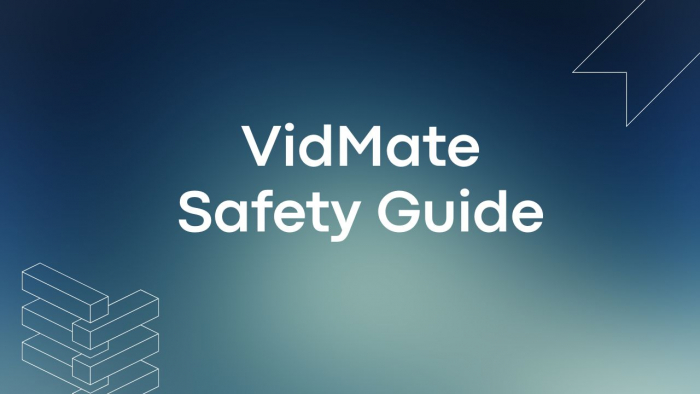The Four-Ears Model can help to clarify or even avoid misunderstandings and conflicts with those around us. We explain the Four-Ears Model to you.
Conflicts and misunderstandings can arise because of our language. To settle these conflicts, you can always invite someone to join you at www.betchan.com/en-CA.
When your colleague or roommate talks to you, she is sending you a message. When she tells you, “The coffee is empty!”, she is communicating. You receive this message and interpret it – in this case, perhaps as criticism. You may hear, “Didn't you buy any more coffee again?”. But perhaps the sender simply wanted to say that coffee should be added to the next shopping list. So you reacted to what you understood, not to what was actually meant.
The four-sided model can help to clarify how a message may have been intended and thus contribute to more understanding communication in everyday life and at work.
The four sides of a message

Misunderstandings and conflicts arise when messages are not understood as they were intended.
Communication psychologist Friedemann Schulz von Thun has developed a model that can help describe communication and get to the root of problems. He calls it the communication square or four-sided model. This is because a message actually contains four different messages.
According to this model, what messages might be contained in the message: “The coffee is empty”?
If you look at the pure information without interpreting anything into it, then the factual information is: There is no more coffee. Schulz von Thun calls this the factual level.
But is that all? No, because according to the four-sided model, we always send messages on three other levels as well: the appeal level, the relationship level, and the self-revelation level.
The anatomy of a message
A message contains messages on four different levels.
We send very different messages on the different levels of a message. We'll show you this using the example “The coffee is empty!”.
On the factual level
People send messages about the facts they want to communicate. In our example, the colleague wants to inform. The message behind the message is simple: “There is no more coffee.” If you want to make sure that your counterpart understands the factual information in the message, it is important that you express the content clearly and comprehensibly.
On the appeal level
send messages about what they want their counterpart to do. At this level, wishes, appeals, or advice are expressed. In our example, our roommate may want to ask us to do the following: “Please go buy coffee!” Often, people do not express appeals explicitly, leaving room for interpretation as to how a message is actually meant. If you want to get someone to do something, it can help to tell them directly what you want them to do: “Please bring coffee.”
At the relationship level,
People send messages about how they feel about their counterpart and what they think of them. These relationship messages are often conveyed nonverbally and become clear to us through tone of voice, phrasing, gestures, or facial expressions. How we interpret the message " The coffee is empty!" at the relationship level depends heavily on how the other person expresses the message. Is the tone of voice annoyed, neutral, or friendly? How does the other person look at us? And what is the overall situation like? If our roommate comes into our room, annoyed and says reproachfully that the coffee is empty, the message at the relationship level could be: “I always have to tell you when you've used something up!”
On the self-disclosure level,
People send messages that reveal something about themselves. Whether intentionally or unintentionally, each of our statements contains a glimpse of our personality. With the message, “The coffee is empty!” a colleague may be revealing that she is annoyed that she is not getting her coffee despite her heavy workload. Or simply that she knows what is currently missing in the office kitchen.
Post Comment
Be the first to post comment!





